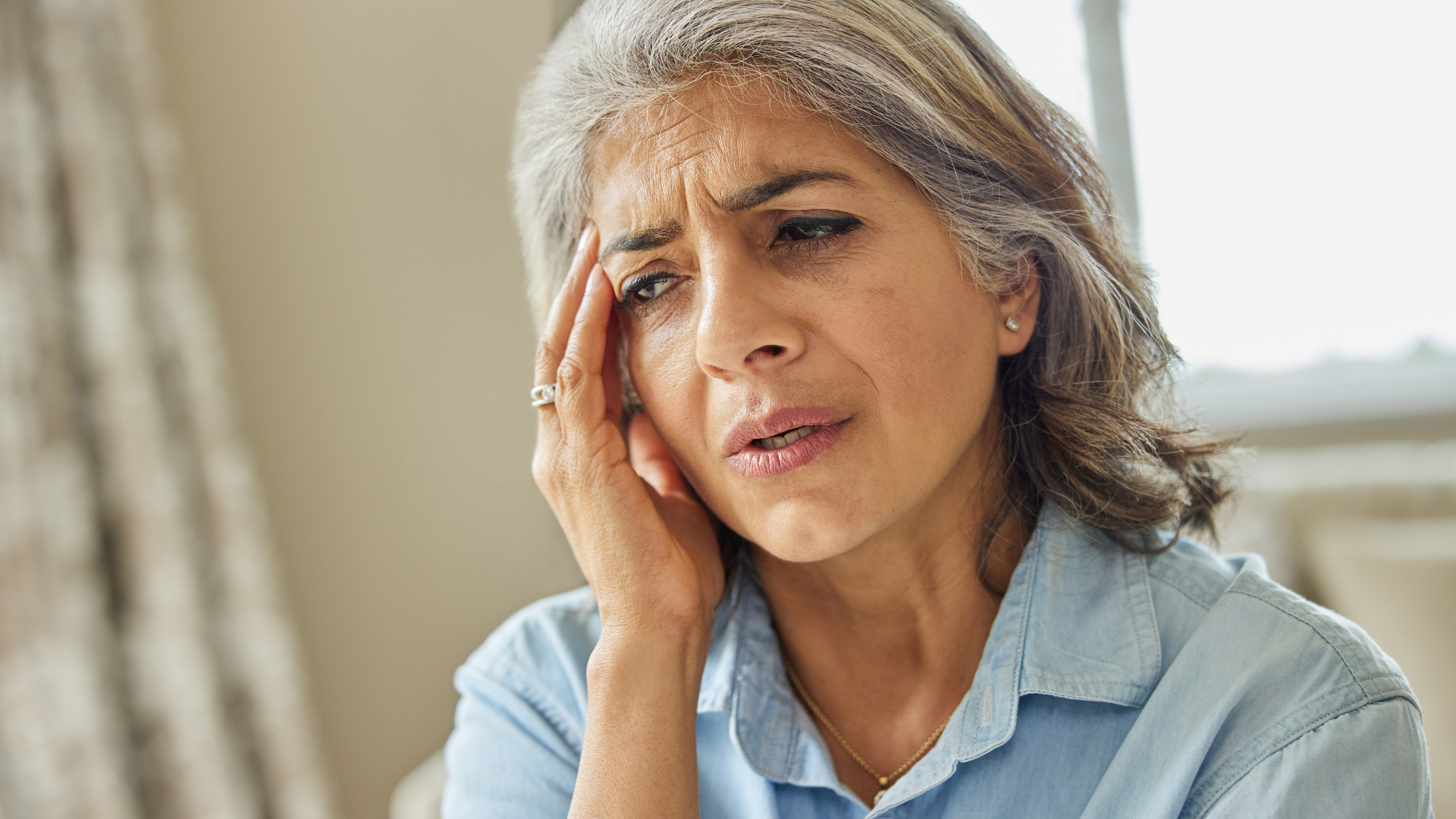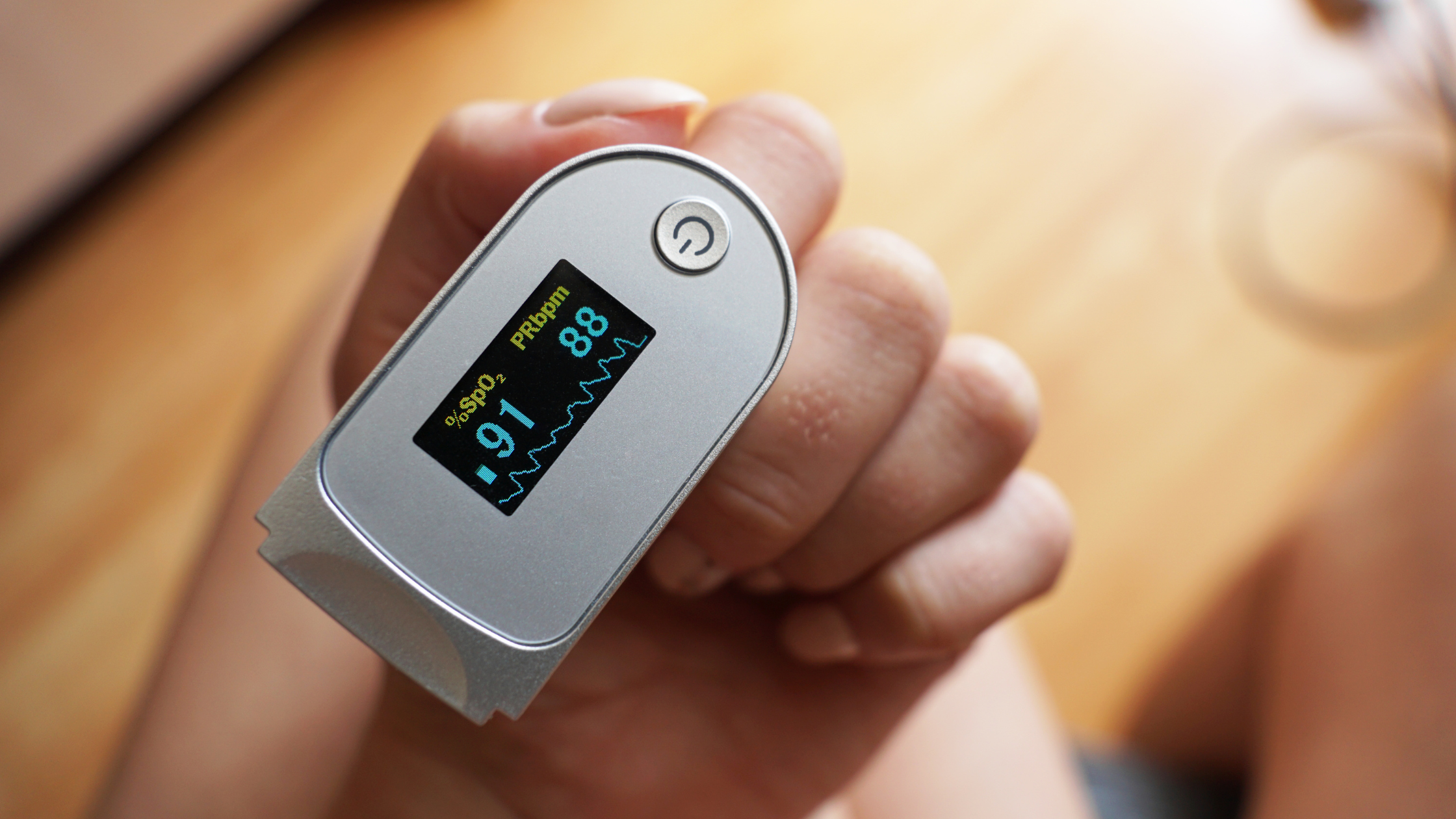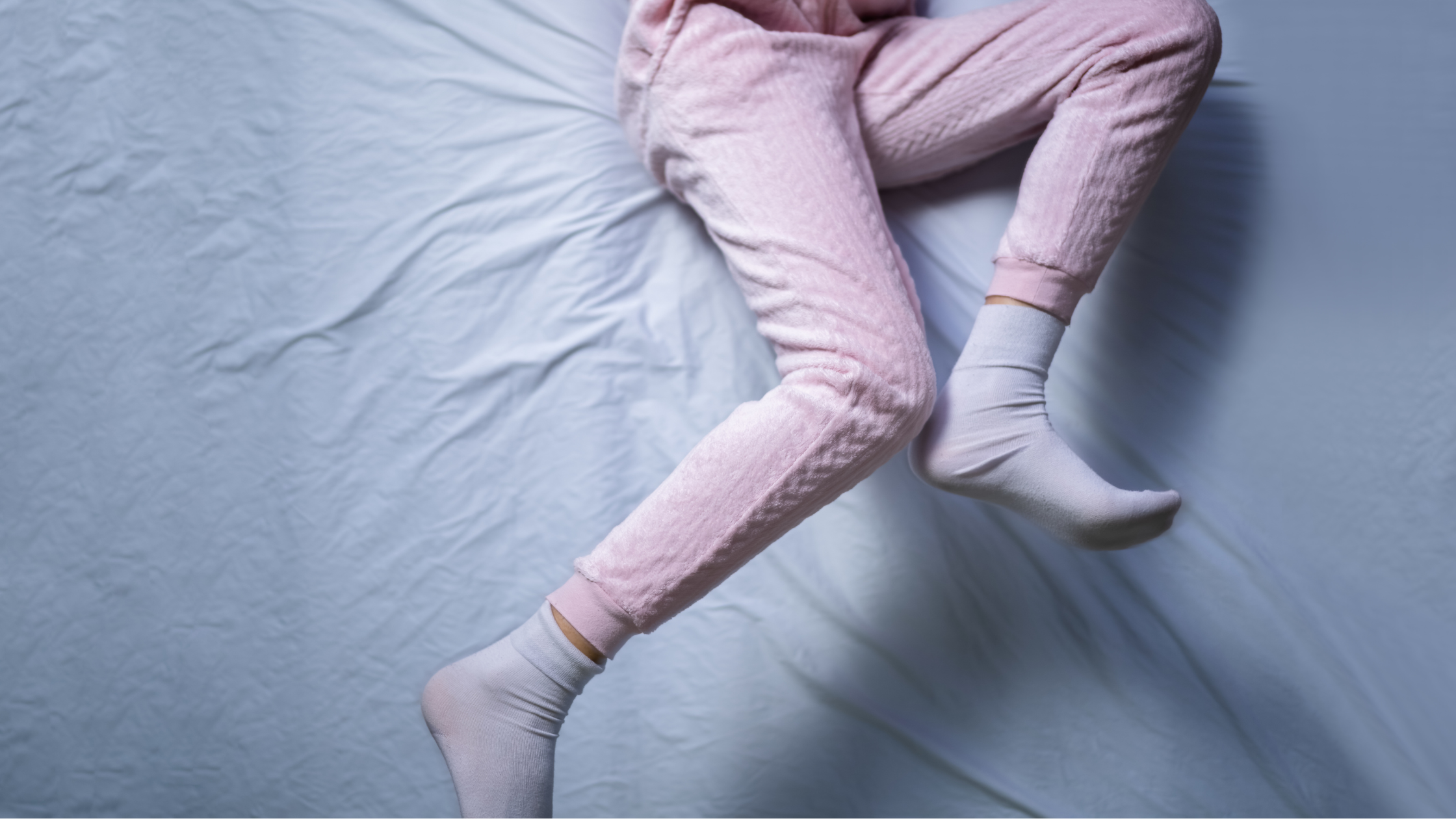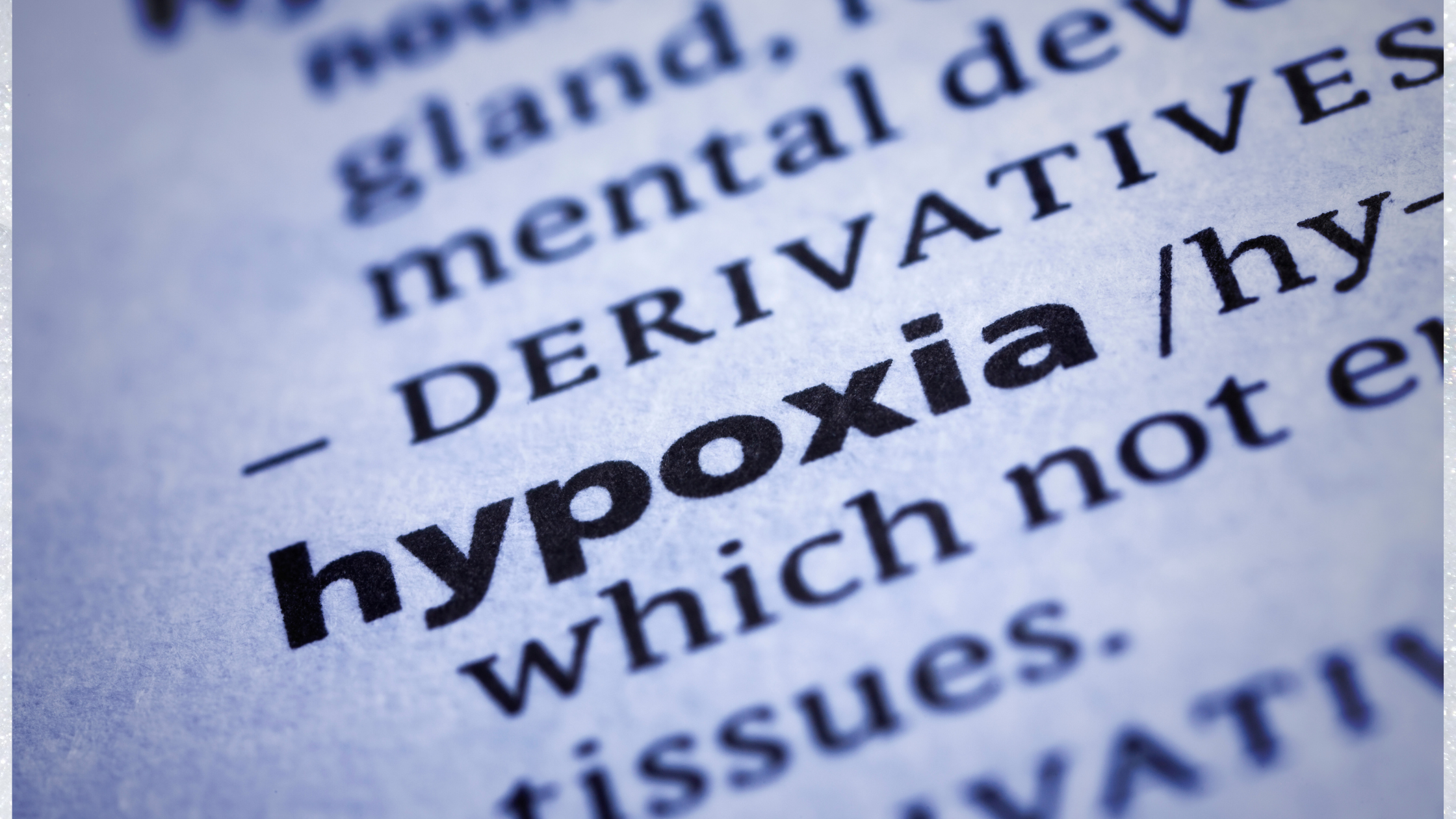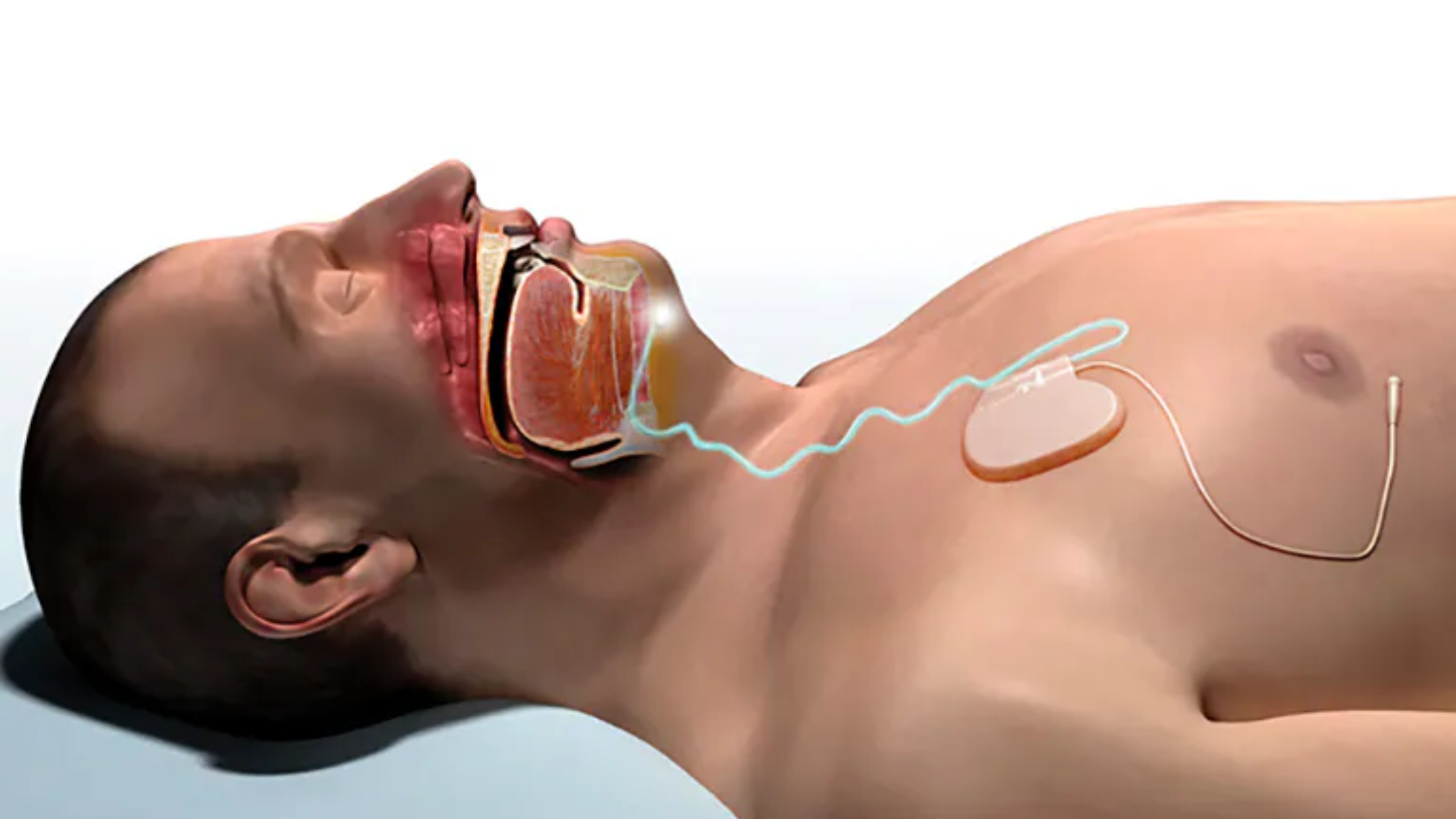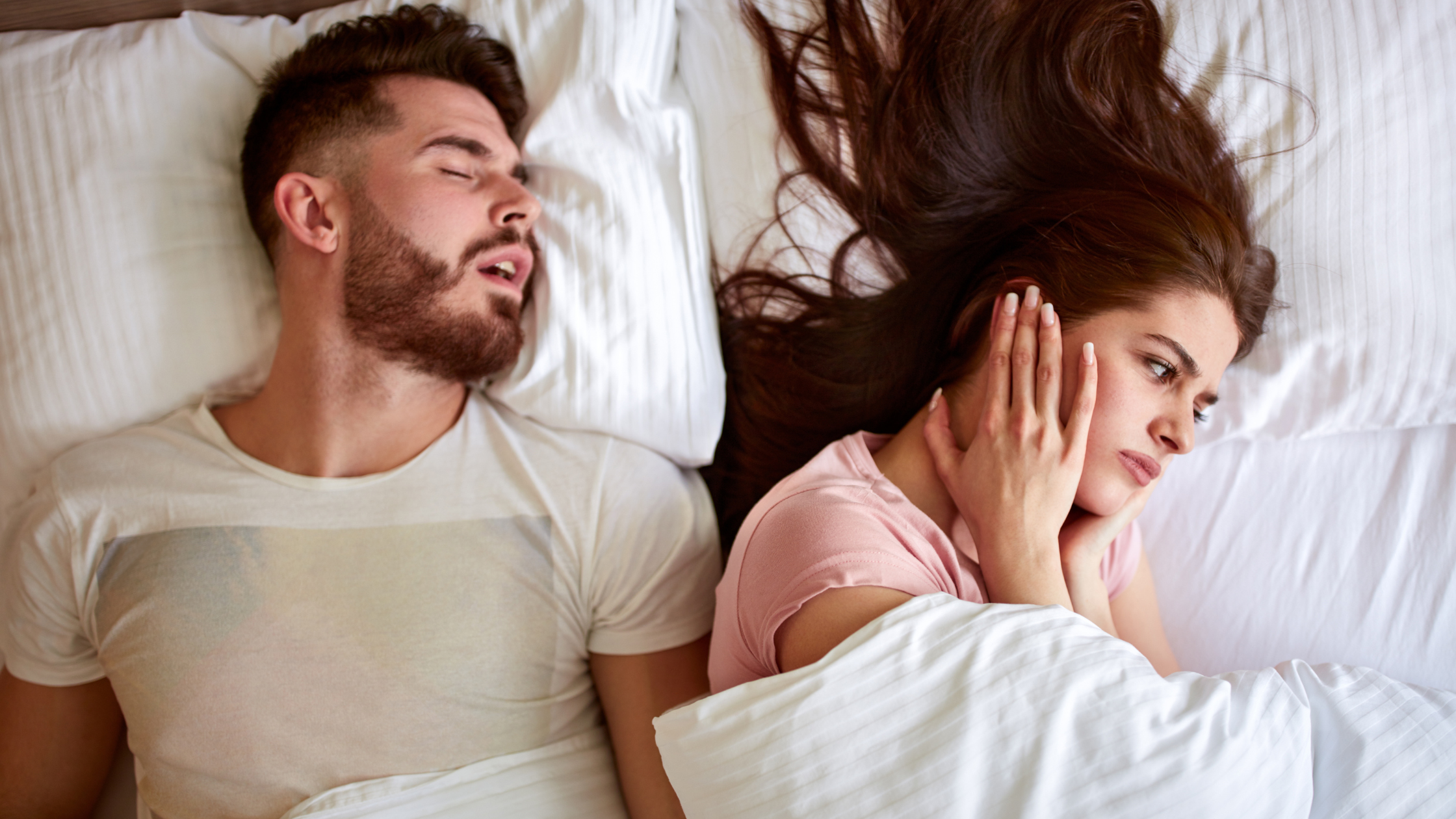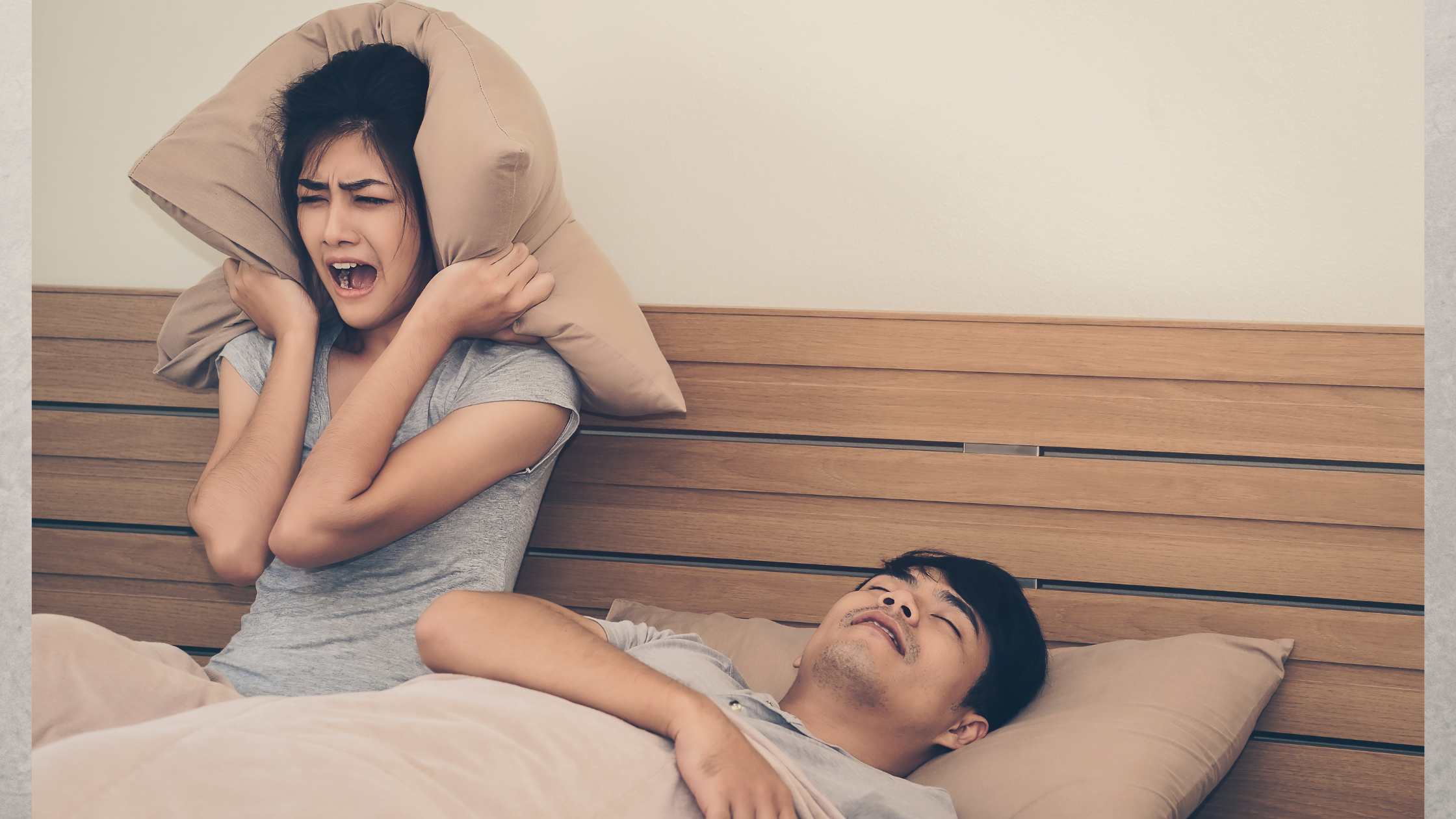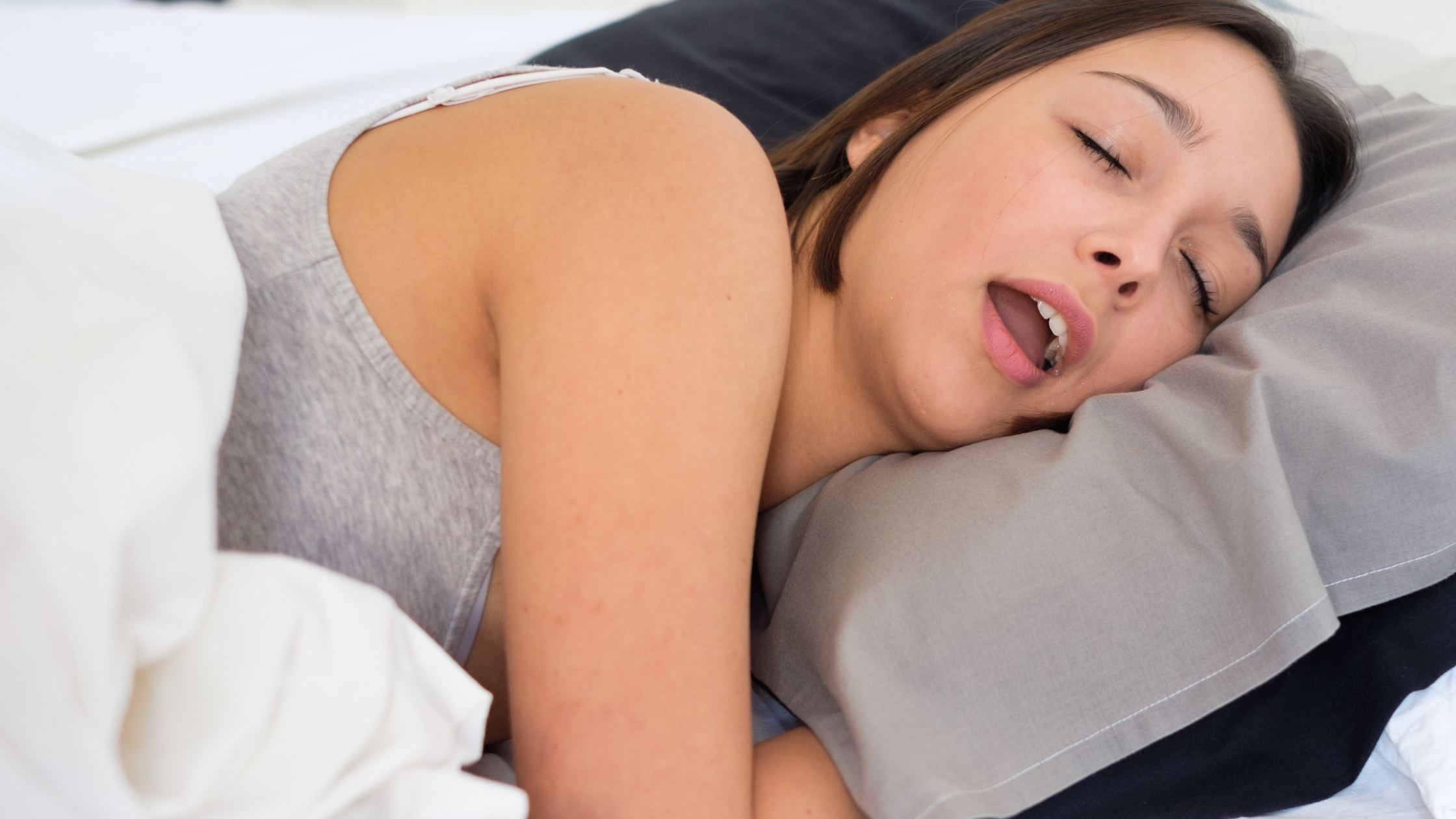Cognitive decline and sleep apnea are two health concerns that affect millions of people, especially as they age. While cognitive decline typically refers to a gradual reduction in memory, thinking skills, and problem-solving abilities, sleep apnea is a sleep disorder that causes interrupted breathing during sleep. Recent research suggests that these two conditions may be more closely linked than previously thought.
In this blog post, we’ll explore what cognitive decline and sleep apnea are, how they are connected, and what can be done to protect both brain function and sleep health.

